ntroduction to the Komodo Dragon
The Komodo dragon, scientifically known as Varanus komodoensis, stands as the largest living species of lizard in the world, showcasing its extraordinary features and formidable position as an apex predator within its habitat. Indigenous to the volcanic islands of Indonesia, particularly Komodo, Rinca, Flores, and Gili Motang, this reptile commands respect and intrigue due to its unique physical characteristics and behavioral adaptations.
Measuring up to 3 meters in length and weighing as much as 70 kilograms, the Komodo dragon possesses a robust build and powerful limbs. Their muscular bodies aid in hunting and self-defense, allowing them to ambush prey effectively. The strength of their jaws, coupled with serrated teeth, mimics that of a small shark, enabling these reptiles to inflict lethal bites on large mammals, including deer and wild boars. Furthermore, their skin is covered in tough, scaly plates which function as natural armor, providing additional protection during confrontations with rivals or threats.
Another remarkable adaptation of the Komodo dragon is its heightened sense of smell, which can detect carrion up to several kilometers away. This ability is vital for locating food, as well as facilitating their role as scavengers in the ecosystem. Additionally, their venomous saliva, containing harmful bacteria, contributes to the prey’s demise, making the Komodo dragon not only a physically imposing creature but also a lethal hunter.
In their ecological niche, they maintain the balance of the species present in their environment, showcasing strength beyond mere physical size. As we delve into comparisons with other powerful animals, it becomes evident that the Komodo dragon stands significantly distinguished as nature’s silent apex predator, employing a combination of strength, speed, and tactical prowess to dominate its surroundings.


Physical Power: Komodo Dragon vs. Crocodile
The Komodo dragon (Varanus komodoensis) and the crocodile serve as exemplary apex predators in their respective habitats, showcasing remarkable physical attributes that enhance their prowess in hunting. A comparison of these two formidable reptiles unveils insights into their size, musculature, and hunting strategies, both of which contribute to their dominance in their ecosystems.
The Komodo dragon, the largest lizard in the world, typically measures up to 10 feet in length and can weigh over 150 pounds. Its robust build is complemented by powerful legs and a long, muscular tail, which serves both as a weapon and a means of balance. In contrast, the crocodile, depending on the species, can exceed lengths of 20 feet and weigh upwards of 2,000 pounds. With a streamlined body and a formidable jaw that can exert a bite force of over 3,700 pounds per square inch, the crocodile possesses the most potent bite of any living animal, facilitating its ability to hunt and consume large prey.
Hunting methods further distinguish these predators. The Komodo dragon employs an ambush strategy, capitalizing on stealth and speed to surprise its prey, often utilizing its keen sense of smell to locate decaying carcasses or living animals. Once close enough, it employs a lethal combination of powerful bites and bacterial infection from its saliva to weaken its victims, enabling it to consume prey that is ultimately immobilized. Conversely, the crocodile is more opportunistic, relying on its stealth when lurking just beneath the water’s surface. With explosive speed, it lunges at prey, utilizing its strong jaws to capture and subdue animals that venture too close to the water’s edge.
Both predators exhibit significant evolutionary adaptations that solidify their positions as apex hunters, though their methods and physical attributes provide them with unique strengths in their respective environments. Understanding the comparative physical power of the Komodo dragon and crocodile allows for deeper appreciation of their roles in maintaining ecological balance.

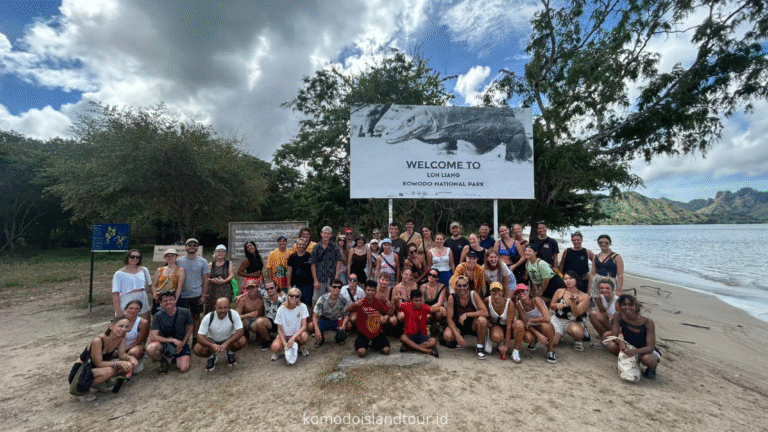
Komodo vs. Humans: Could You Survive a Komodo Attack?
The Komodo dragon, as an apex predator, employs a variety of hunting strategies that reflect its physical prowess and evolutionary adaptations. This reptile’s approach contrasts markedly with human hunting methods, showcasing the strengths and vulnerabilities of both. One of the defining features of the Komodo dragon is its exceptional stealth. Skilled at remaining undetected, it utilizes ambush tactics to surprise its prey. This technique is enhanced by its ability to incorporate camouflage, allowing it to blend seamlessly into its environment, thus increasing the likelihood of a successful strike.
In terms of physical speed, although the Komodo dragon may not be the fastest animal on the hunt, it compensates with short bursts of quick acceleration which are crucial when approaching or attacking prey. Additionally, the dragon’s robust musculature provides an advantage in overpowering smaller animals. Human hunters, however, rely heavily on technology, employing firearms, bows, and traps to enhance their effectiveness in the wild. This technological advancement enables humans to hunt from a distance, a significant tactical advantage not available to the Komodo dragon.
Another critical factor in the hunting strategy of the Komodo dragon is its venom. Recent studies have shown that the saliva of the Komodo dragon contains bacteria, and it is believed to possess venom that can hinder the prey’s ability to escape. This biological weaponry can be particularly advantageous during the pursuit of larger animals, as it can lead to a gradual weakening of the victim. On the other hand, humans have developed sophisticated chemical and biological methods for hunting, including poison and traps that incapacitate prey, thus showcasing the ingenuity of human strategies.
Nonetheless, both the Komodo dragon and humans have their vulnerabilities. The Komodo dragon, though powerful, can be affected by environmental changes and habitat loss, which can limit its hunting capacities. Conversely, humans face dangers themselves, even when armed with technology, such as injuries from wild animals and unpredictable environmental conditions. This complexity in hunting strategies illustrates the diverse methods employed by each, highlighting the balance of power in nature.
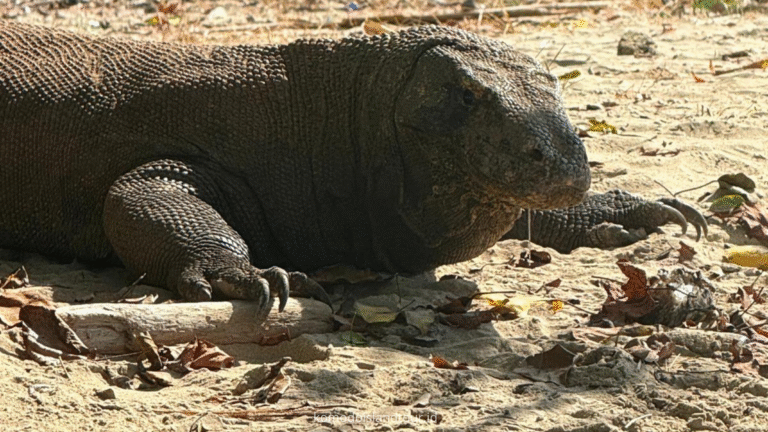
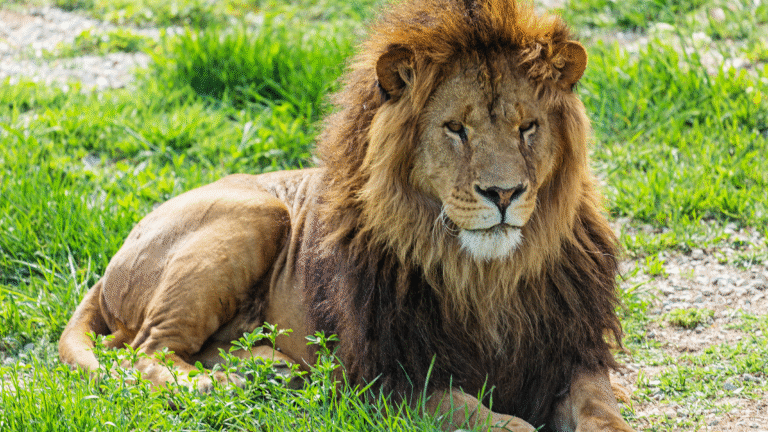
Raw Strength and Agility: Komodo Dragon vs. Lion
The comparison between the Komodo dragon and the lion offers fascinating insights into their raw strength and agility, showcasing how these two apex predators dominate their respective environments. The Komodo dragon, being the largest lizard species, can reach lengths of up to ten feet and weigh over 150 pounds. Its formidable muscular structure contributes to its impressive strength, enabling it to overpower prey that is significantly larger than itself. In contrast, lions exhibit muscular power in a different form; as social animals, they rely on their collective strength when hunting in prides, often weighing between 300 to 500 pounds. This size advantage inherently increases their effectiveness in taking down large herbivores such as zebras and wildebeests.
When assessing agility, both predators exhibit distinct advantages influenced by their hunting styles. The Komodo dragon, while not known for traditional speed, possesses explosive bursts of movement that allow it to ambush prey effectively. Utilizing stealth, it can stealthily approach its target before launching its attack with remarkable efficiency. Conversely, lions showcase agility through coordinated efforts, working together in a pack to chase and corner prey, relying on their collective speed to tire out their victims. This team strategy is crucial in their hunting dynamic and is one of the main reasons they are considered superior hunters in open grasslands.
The solitary nature of the Komodo dragon leads to a different set of hunting techniques. This reptile primarily uses a combination of ambush tactics and a keen sense of smell to locate carrion, which is often supplemented by its ability to deliver a highly toxic bite, incapacitating prey before consuming it. On the other hand, lions rely heavily on social dynamics, communicating and coordinating their movements to encircle and overwhelm their quarry. Each predator employs its unique attributes and strategies that maximize its hunting effectiveness, demonstrating that strength and agility manifest in varied forms across the animal kingdom. The context of their environment ultimately determines which predator holds the advantage in different scenarios.
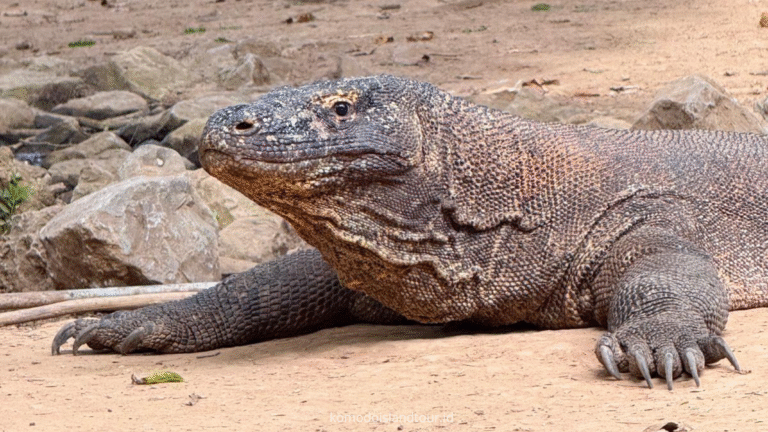
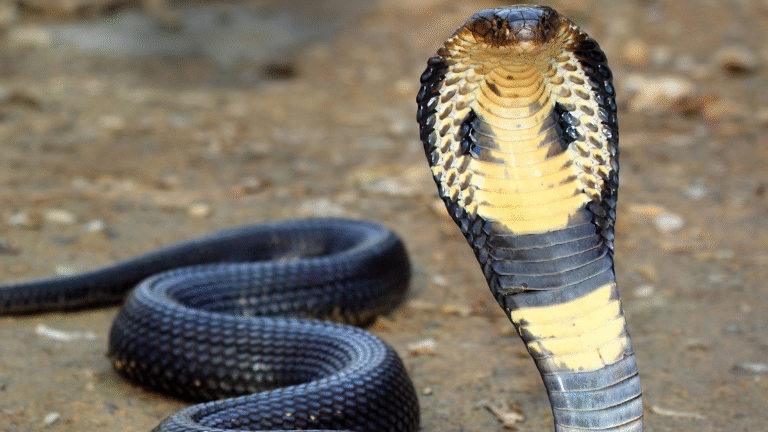
Venom and Survival: Komodo Dragon vs. King Cobra
The natural world is rich in fascinating predator-prey dynamics, particularly when examining two formidable reptiles: the Komodo dragon and the king cobra. Both species have evolved unique adaptations to survive in their respective environments, primarily hinging on their respective toxins. The Komodo dragon’s saliva is a potent mix of bacterial agents and venomous components that can incapacitate prey through systemic infections and various toxins, including anticoagulants and neurotoxins. Unlike the king cobra, whose venom is delivered through specialized fangs, the Komodo dragon relies on a different approach; the toxins are introduced into the bloodstream through deep bites, resulting in a slow but lethal process of envenomation.
In direct encounters, survival rates can hinge on multiple factors, including size, speed, and the ecological context of the clash. The Komodo dragon typically weighs between 150 to 200 pounds, making it a hefty ambush predator; meanwhile, the king cobra can reach lengths of up to 18 feet and possess rapid striking speed, expertly utilizing its long fangs to inject potent neurotoxic venom. This venom can lead to paralysis and respiratory failure within hours, presenting the snake with an advantage in a fast-paced confrontation.
However, the Komodo dragon’s robust physical strength and toughened skin provide it with an excellent means of defense. In terms of size, a larger Komodo dragon may withstand the initial bite of the king cobra, particularly if it is able to retaliate quickly. Environmental context also plays a crucial role; if the Komodo dragon successfully ambushes the king cobra in dense brush, it can utilize its size and strength to overcome the snake before it has a chance to strike effectively.
Ultimately, while both the Komodo dragon and the king cobra possess deadly adaptations, the outcome of a direct encounter would depend significantly on the circumstances of the confrontation, including each creature’s immediate strategy, environmental factors, and sheer luck.

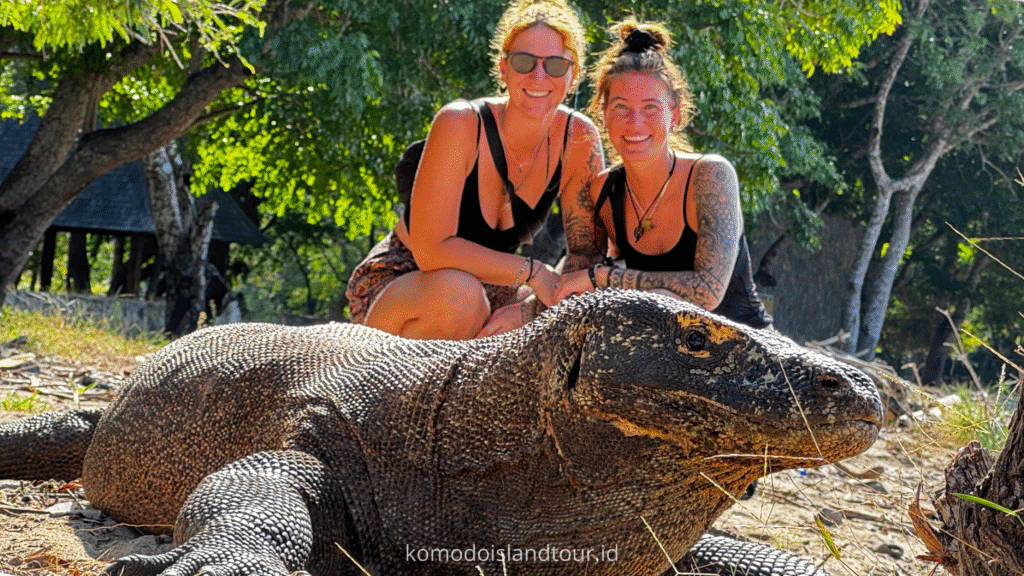
Evolutionary Advantages of the Komodo Dragon
The Komodo dragon (Varanus komodoensis), the largest living lizard, embodies a fascinating spectrum of evolutionary adaptations that secure its position as nature’s apex predator. Emerging approximately 4 million years ago, the lineage of the Komodo dragon has undergone various adaptations that enhance its survival and predatory efficiency within its natural habitat of Indonesian islands. One of the most notable adaptations is its exceptional camouflage. The lizard’s rough, grayish-brown skin allows it to blend seamlessly into the arid and rocky terrain, providing an advantage when stalking unsuspecting prey such as deer and wild boars. This natural stealth approach is key to its success as a predator, allowing it to ambush rather than chase, which conserves energy for the dragon.
In addition to camouflage, the Komodo dragon employs unique hunting tactics that exhibit its evolutionary prowess. It is known to use both a combination of slow stealth and sudden bursts of speed to capture prey, enabling it to navigate through dense vegetation effectively. Furthermore, the predator exhibits a remarkable olfactory capability—its forked tongue, akin to that of a snake, allows it to detect scent molecules in the air and ground efficiently, directing it to potential food sources. This heightened sense of smell is critical for tracking down carrion as well as live prey, demonstrating a sophisticated method of hunting that transcends basic predatory behavior.
Physiologically, the Komodo dragon possesses powerful jaws and a strong bite that can deliver significant damage. Moreover, its saliva contains a cocktail of harmful bacteria and anticoagulants, which contribute to its ability to subdue prey quickly. This unique biological attribute illustrates that strength in a predator encompasses not only physical power but also a complex array of adaptations, enabling it to thrive in a competitive ecological niche. In this light, the Komodo dragon represents an intricate blend of evolutionary advantages that solidify its status as a silent yet formidable apex predator. Each adaptation plays a strategic role in its overall survival, showcasing that true strength is not solely measured by size or ferocity but also by adaptability and clever hunting tactics.
The Role of the Komodo Dragon in Its Ecosystem
The Komodo dragon (Varanus komodoensis) plays a formidable role in its natural habitat, serving as a top predator within its ecosystem. This apex predator is primarily responsible for regulating prey populations, including various species of deer, birds, and smaller mammals. By maintaining the balance among these populations, the Komodo dragon ensures that no single species becomes overly dominant, which could lead to ecological imbalance. Its predatory capabilities allow it to exert significant pressure on herbivore numbers, indirectly promoting vegetation health by preventing overgrazing.
In terms of scavenging behavior, the Komodo dragon also contributes to the ecosystem by consuming carrion. Its heightened sense of smell allows it to locate decaying animals, which can aid in the decomposition process. This scavenging behavior not only helps to clean the environment but also provides a food source for other scavenging species, contributing to the overall biodiversity of its habitat. By removing dead or dying animals, the Komodo dragon supports the intricate web of life present in its ecosystem, from fungi and insects to other carnivores that benefit from the remains left behind.
The presence of the Komodo dragon in its ecological community also symbolizes the concept of strength and dominance. Its sheer size, formidable physical attributes, and strategic hunting methods establish it as a powerful entity within the ecosystem. This dominance ensures that resource allocation remains balanced, fostering healthier environments for various species to thrive. Ultimately, the Komodo dragon’s role as both a predator and scavenger reinforces its status as a crucial ecological player, demonstrating the intricate relationships between organisms and the vital importance of preserving such apex predators. Its strength is not only a reflection of its physical prowess but also its indispensable contribution to ecological stability.
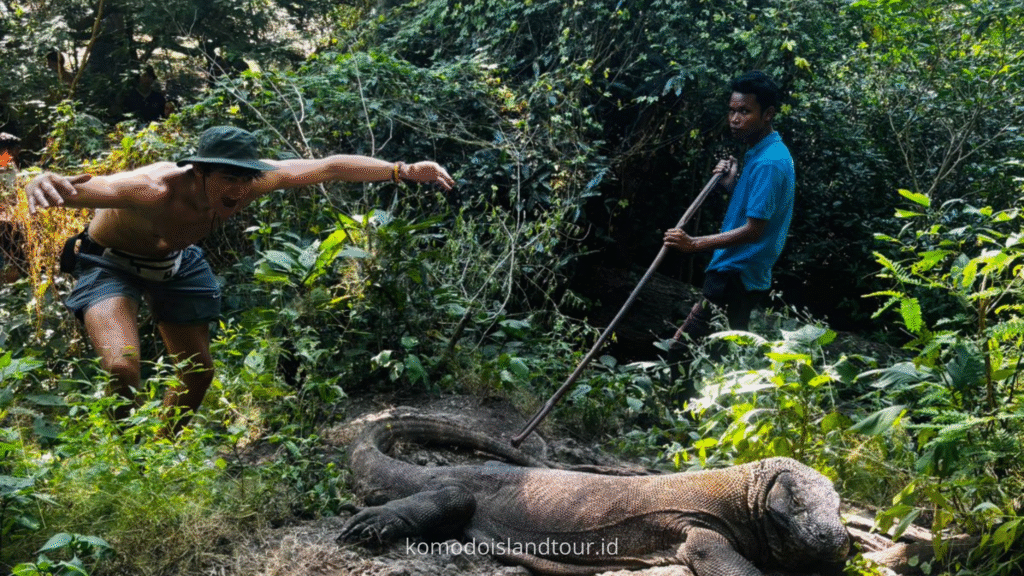
Conclusions on Komodo Dragon Strength
The Komodo dragon, as the largest living lizard, exhibits a remarkable combination of physical strength and natural adaptability, reinforcing its status as an apex predator in its ecosystem. Throughout our exploration, we have highlighted the dragon’s formidable attributes, including its robust physique, sharp teeth, and exceptional hunting capabilities. These factors collectively contribute to its position at the top of the food chain, showcasing a unique specimen in the animal kingdom.
One notable aspect of the Komodo dragon’s strength lies in its evolutionary adaptations. Fine-tuned over millions of years, these creatures possess a powerful bite, coupled with venomous saliva that weakens their prey and makes them efficient hunters. Additionally, their ability to traverse various terrains affords them the advantage of striking from ambush, further enhancing their predatory prowess. These intrinsic traits underscore the importance of physical strength not just in terms of brute force but also in terms of strategic efficiency and survival capability.
Moreover, the Komodo dragon’s hunting strategy exemplifies evolutionary success beyond mere size and strength. By employing patience and cunning rather than reckless aggression, they are able to secure meals that are often larger than themselves. This efficiency illustrates that strength encompasses more than physical dimensions; it also involves behavioral intelligence and adaptability. Through these adaptations, the Komodo dragon maintains a vital role in its habitat’s ecological balance, influencing the populations of other species.
In reflection, understanding the strength of the Komodo dragon encourages a broader appreciation for apex predators and their environmental roles. Recognizing that strength can manifest in various forms—whether physical, behavioral, or ecological—offers valuable insights into predator-prey dynamics, highlighting the intricate balance within ecosystems that sustain these magnificent creatures. The Komodo dragon stands as a testament to the power of nature’s design.
